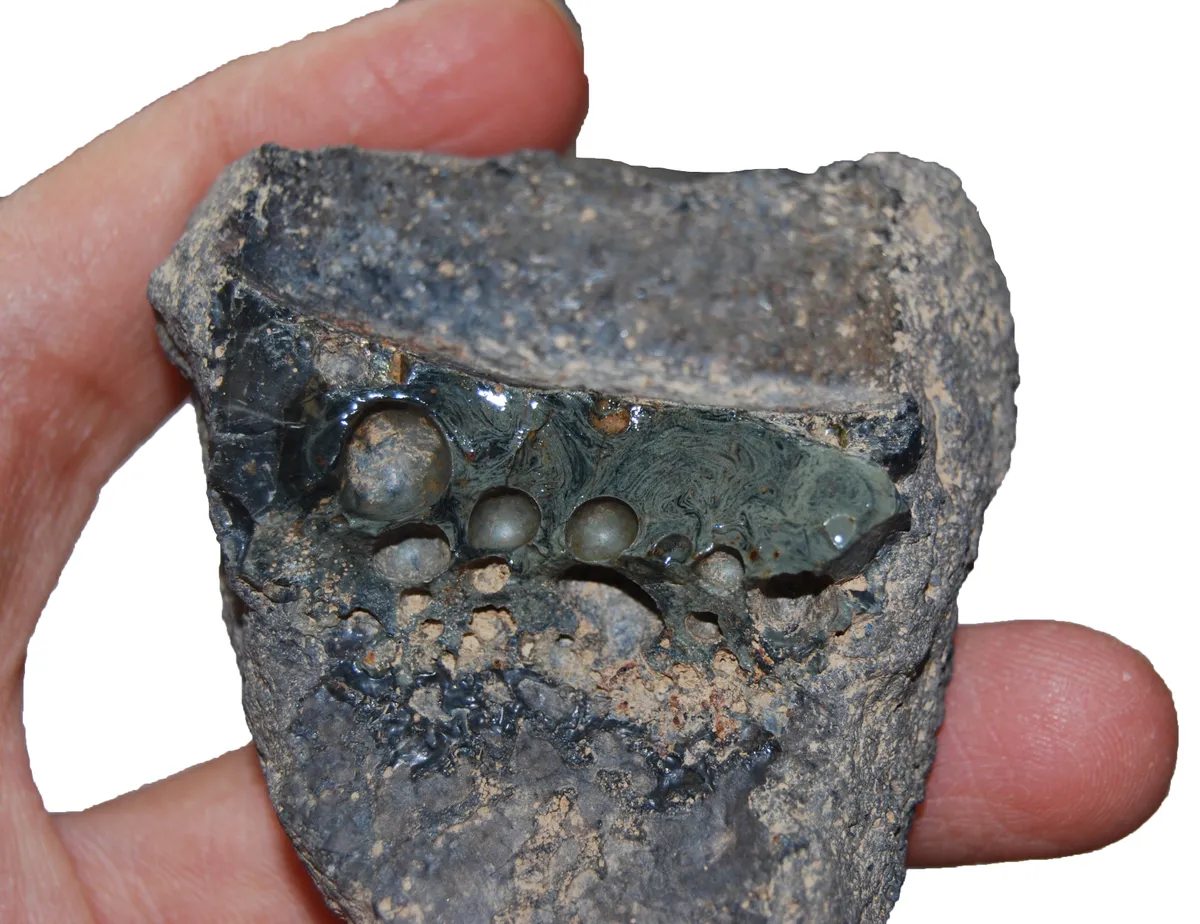It seems the ancient Persians were the metal masters of the Middle East: a team of researchers based at University College London have found evidence of chromium steel production in Chahak, southern Iran, dating back to the 11th Century. The practice was previously thought to be a 20th century innovation.
The team made the discovery with the aid of a number of medieval Persian manuscripts dating from the 12th to the 19th Century that describe Chahak as being home to a famous steel production industry.
One manuscript on precious stones and gems entitled ‘al-Jamahir fi Marifah al-Jawahir’, written by the Persian scholar Abu-Rayhan Biruni, was of particular importance to the researchers as it provided the only known written account of crucible steel making methods.
Read more about archaeology:
- Did neanderthals have a society?
- The Antikythera Mechanism: The Ancient Greek computer that mapped the stars
- Ancient Egyptian ale created from 5000-year-old yeast
“Our research provides the first evidence of the deliberate addition of a chromium mineral within steel production. We believe this was a Persian phenomenon,” said lead author Dr Rahil Alipour.
“This research not only delivers the earliest known evidence for the production of chromium steel dating back as early as the 11th Century CE, but also provides a chemical tracer that could aid the identification of crucible steel artefacts in museums or archaeological collections back to their origin in Chahak, or the Chahak tradition," Dr Alipor added.

The team used radiocarbon dating on a number of charcoal pieces found within an ancient crucible to date their production to the 11th to 12th Century. They then used scanning electron microscopy to identify traces of the ore mineral chromite, which they determined was a mysterious ingredient described in Biruni’s manuscript as an essential additive to the process.
Reader Q&A: How did people make ice before freezers?
Asked by: Danielle Brandon, Doncaster
For millennia, those rich enough got servants to gather snow and ice formed during the winter and stored it in straw-lined underground pits called ‘ice houses’. But the ancient Persians stumbled across a neat bit of physics that allowed them to create ice from water even during the summer.
At night, the Earth stays warm through the famous ‘greenhouse effect’, in which gases in the atmosphere help to trap the Sun’s warmth. But on clear nights with low humidity, this effect is weaker, and objects can radiate their heat directly into space – a process called ‘radiative cooling’. The Persians found that this allowed thin layers of water in purpose-built trenches to drop to a low enough temperature to freeze – even after hot days in the desert.
Read more: